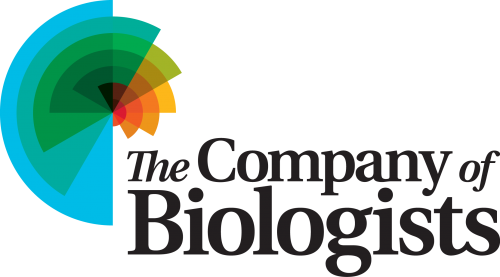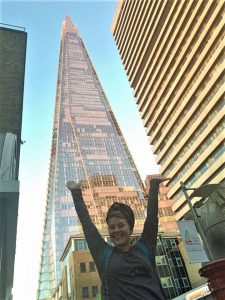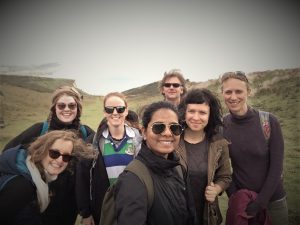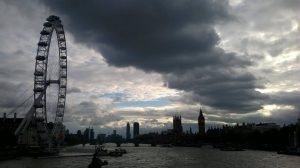The tale of three cities – Valdivia, Jyväskylä and London
Posted by Hanna Hakkinen, on 23 January 2017
This is the latest dispatch  from a recipient of a Company of Biologists Travelling Fellowship.
from a recipient of a Company of Biologists Travelling Fellowship.
Learn more about the scheme, including how to apply, here, and read more stories from the Fellows here.
Hanna Hakkinen
 I am originally a Finnish evolutionary biology student who got fascinated about developmental biology during my exchange programme couple of years ago in Southern Chile (Universidad Austral de Chile). More than a year ago I travelled back to Chile and ever since I have been working at the Developmental Biology laboratory of Dr Claudio Araya to study early vertebrate brain morphogenesis using zebrafish (Danio rerio) as a model system. In contrast to amniote embryos, teleost animals form a neural tube after the generation of a solid neural keel and a solid neural rod at the middle of the tissue. In our current project we have been looking at the early cellular dynamic of neural plate progenitor cells in organizing tissue displacement and internalization to achieve this midline structure.
I am originally a Finnish evolutionary biology student who got fascinated about developmental biology during my exchange programme couple of years ago in Southern Chile (Universidad Austral de Chile). More than a year ago I travelled back to Chile and ever since I have been working at the Developmental Biology laboratory of Dr Claudio Araya to study early vertebrate brain morphogenesis using zebrafish (Danio rerio) as a model system. In contrast to amniote embryos, teleost animals form a neural tube after the generation of a solid neural keel and a solid neural rod at the middle of the tissue. In our current project we have been looking at the early cellular dynamic of neural plate progenitor cells in organizing tissue displacement and internalization to achieve this midline structure.
Thanks for the Travelling Fellowship program of The Company of Biologists last October we had the change to take some critical steps in our original research and begin to tackle the question of how a non-polarized multicellular structure is internalized at the tissue midline in such coherent way. To achieve that we contact Dr Jon Clarke’s lab at the Department of Developmental Neurobiology at King’s College London. During the 6 weeks stay in his lab I had the chance to have access to powerful confocal imaging facility together with his great experience and methodologies in looking at early vertebrate brain formation.
In spite of the increasing knowledge about the molecular signatures during brain development, the underlying cell and tissue morphogenesis are still poorly understood. During my research stay I focused on cellular and sub-cellular dynamics of midline internalization. By combining novel high resolution imaging techniques together with the use of transgenic reporters for subcellular components we have began to characterize contribution of essential cellular dynamics that appear to be critical for tissue internalization and neural formation. We were able to record a series of very unexpected and interesting cell behaviours during this morphogenetic process. In addition, we found how this fundamental sub-cellular and cellular dynamics can also be present on other type of tissue architecture that undergo collective tissue internalization.
On behalf of myself and Dr Claudio Araya we are very grateful for the Company of Biologist for this great opportunity. We really feel that after this stay our project has definitely been taken to a different level, and we will be able to unravel questions which we were unable to pursue due to technological limitations we face here at the end of the world. In addition to achieve some remarkable results for our future publication, for me personally this period in London was also an amazing opportunity to visit a foreign high standard laboratory and learn new skills and make important and delightful contacts. King’s College enormous fish facility with multiple interesting and useful transgenic lines, top-level imaging facilities and especially high class colleagues changed my research stay to a life changing experience. Many thanks for The Company of Biologists!




 (2 votes)
(2 votes)